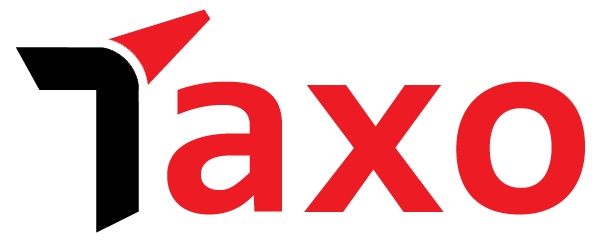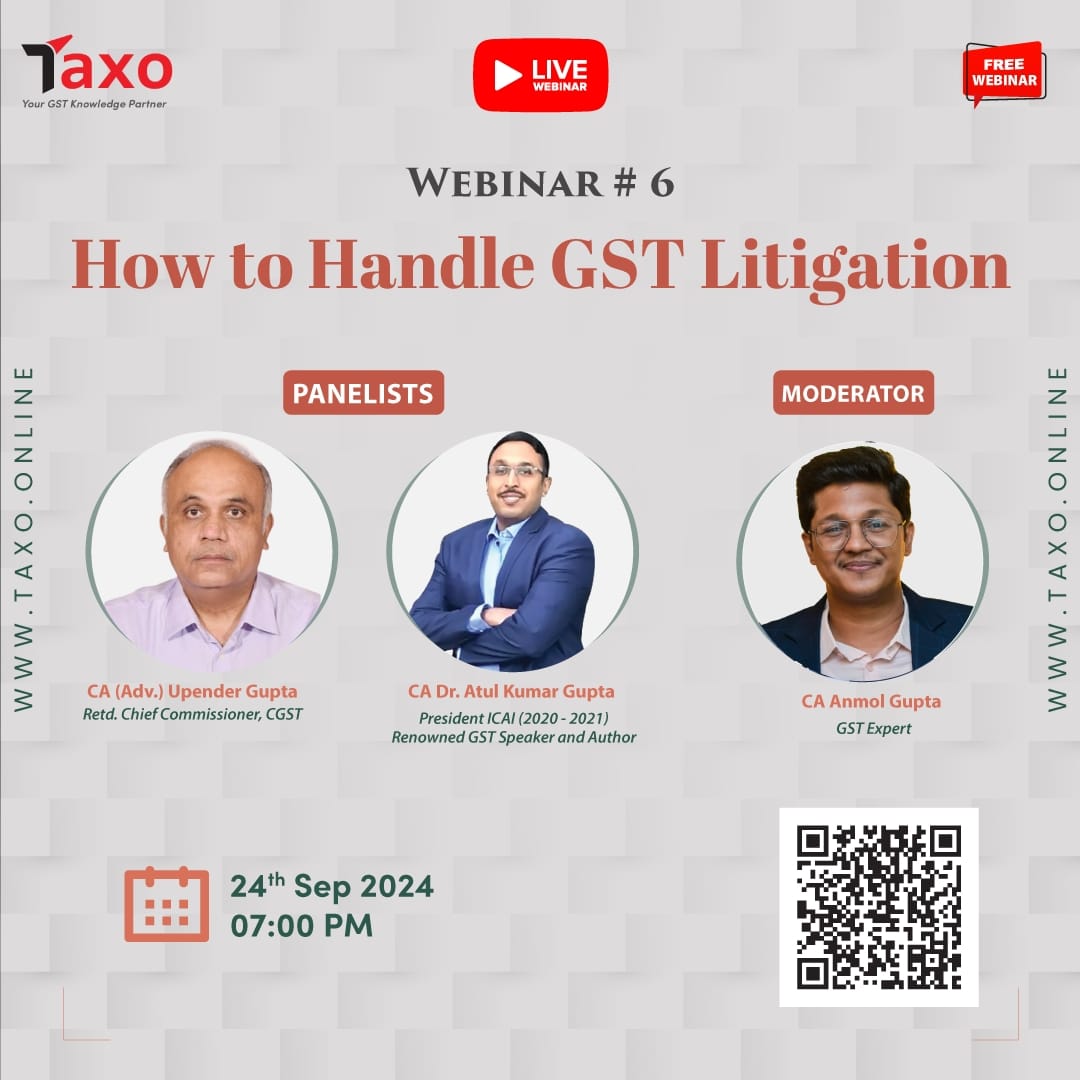
The CBIC has issued clarification vide Circular No. 20/2022-Customs dated 22.09.2022 regarding the classification of the goods referred as Truck Cranes or All Terrain Cranes. These are essentially goods that are used in handling and lifting heavy loads and have mobility as a function.
These goods come in various types and sizes, depending on the requirement of the users and factors such as load to be handled, the terrain where it is put to use etc. A simple generic description such as All Terrain Cranes would thus represent a large category of similar goods. However, some of the basic features common to goods of this type include:
a) The primary purpose of these goods is not transport of persons or goods.
b) These are equipments designed to lift extremely heavy loads.
c) The goods have wheels indicating that they have mobility as a feature.
d) There is a superstructure which is the revolving frame of equipment on which operating machinery are mounted along with operator’s cab.
e) The carrier or chassis is the under carriage of the crane and includes the carrier cab, wheels, and outriggers. This chassis is designed to support the rotating crane superstructure.
f) When in operation, the outriggers fix the equipment to the ground to provide support to life heavy loads. The wheels do not touch the ground in such instances.
Since the goods have features that are similar to motor vehicles, as well as to that of load handling heavy machines, there are differing opinions on the classification of such goods. One opinion states that the goods are essentially cranes that are used in lifting and handling and are therefore to be classified under heading 8426. On the other hand, there is a different opinion relying on the ability of these goods to be propelled and moved from one place to other which makes them similar to the motor vehicles classified under 8705.
The classification of similar goods has also been interpreted in various judgements of the Courts and Tribunals as well as in the discussions between parties at the World Customs Organisation (WCO). Some of these include-
a) The Hon’ble Supreme Court, in the case of Commissioner vs Sanghvi Movers Ltd-2016 (337) ELT A.208 (SC) ruled on the classification of ‘hydraulic truck mounted mobile cranes’ and upheld the ruling of the Tribunal which stated that the special purpose vehicles listed in the inclusive clause of explanatory notes to 8705 continue to have mobility as a very significant function. While stating that the crane portion and the chassis portion of the product stand fairly integrated, the Tribunal ruled that the product is a crane which is mobile rather than a vehicle fitted with a crane. It was held that the product in question is covered by the exclusion clause of explanatory notes to heading 8705 and therefore the classification of the product under 8426 appeared to be correct.
b) In the case of Collector of Central Excise Baroda vs LMP Precision Eng. Co. Ltd the Hon’ble Supreme Court ruled on the classification of ‘water well drilling rigs mounted on motor vehicles chassis. By relying on the specific inclusion of ‘mobile drilling derricks’ under heading 8705, the Court gave precedence to the 8705 over the inclusions mentioned in the Section notes to heading 8430 and thus classified the goods under heading 8705.
c) It is also pertinent to note the classification opinion of the WCO (HSC/51/March 2013) for a self propelled mobile crane consisting of a six wheeled chassis with a diesel engine, four outriggers and a driving cum operator’s cab which houses both crane and driving controls. During driving on the road, the cab is positioned and mechanically locked at the front of the chassis. During crane operation, the cab can be lifted upto a height of 7.8m. This self propelled mobile crane has been classified under 8426.41 by the WCO.
However, it is pertinent to note that the judgements and the classification opinions are specific to a particular good or product. The legal notes and the explanatory notes have been interpreted in the context of those specific goods with particular features. As already pointed out above, the goods referred as ‘all terrain trucks’ come in various types and it would not be advisable to apply any of the judgements above or other similar judgements and opinions squarely to all goods of a similar nature. Therefore, it is imperative to outline a set of parameters that can serve as a guide to arrive at the classification of all such goods.
Relevant portions of the explanatory notes:
The inclusionary clause in the explanation to heading 8426 states :
This heading includes self-propelled machines in which one or more of the propelling or control elements referred to above are located in the cab of a lifting or handling machine (generally a crane) mounted on a wheeled chassis, whether or not the whole can be driven on the road under its own power. The cranes of this heading do not generally move under load or, if they do, the movement is limited and subsidiary to their main function of lifting.
The inclusion mentioned in the explanatory notes to heading 8705 states that the heading includes-
….
….
(7) Crane lorries (trucks), not for the transport of goods, consisting of a motor vehicle chassis on which a cab and a rotating crane are permanently mounted. However, lorries (trucks) with self-loading devices are excluded (heading 87.04).
….
The specific exclusions mentioned in the explanatory notes to 8705 are –
Self-propelled machines (e.g., cranes, excavators) in which one or more of the propelling or control elements referred to above are located in the cab of a working machine mounted on a wheeled or track-laying chassis, whether or not the whole can be driven on the road under its own power, remain classified in, for example, heading 84.26, 84.29 or 84.30.
Similarly, this heading excludes self-propelled wheeled machines in which the chassis and the working machine are specially designed for each other and form an integral mechanical unit (e.g., self-propelled motor graders). In this case, the machine is not simply mounted on a motor vehicle chassis, but is completely integrated with a chassis that cannot be used for other purposes and may incorporate the essential automobile features referred to above.
Important aspects for classification:
The classification of goods having the general features pointed out in para 2 above, has been examined in consultation with the International Centre for Automotive Technology (iCAT) and the Automotive Research Association of India (ARAI). A detailed examination of the relevant Section notes, Chapter notes and Explanatory notes of the headings 8426 and 8705 reveals the following aspects which guide the classification of mobile machines:-
Movement under load
- As a general principle it can be seen that mobile machines that can move under load are classifiable under 8705.
- However, when the machine does not move under load or, if they do, when movement is limited and subsidiary to their main function, it is classifiable under 8426.
Location of propelling and control elements
- It is clear that when one or more of the propelling or control elements that are features of an automobile chassis, are located in the cab of a lifting or handling machine (such as a crane) mounted on a wheeled chassis, the product is to be included in the heading 8426.
- When there are two cabs in the mobile machine- one that houses the propelling function connected to the chassis and one having the controls for the handling and lifting, the inclusion or exclusion from a heading can only be decided by examining the integration of the chassis with the working machine
The number of engines
- Whether the mobile machine comprises of a single engine used for propelling as well as lifting, or if it consists of two separate engines ie one each for propelling the vehicle and for the lifting function, does not have a bearing on the classification between 8426 and 8705.
- Presence of a separate engine only for the lifting and handling purpose is generally indicative of a larger load lifting capability of the mobile machine.
Integration of the working machine with the chassis
- When the work machine is merely mounted (not integrated mechanically) on the chassis, the goods are classifiable under 8705.
- When chassis and working machine are specially designed for each other and form an integral mechanical unit and the chassis cannot be used for any other purpose- the goods are excluded from 8705 and are thus classifiable under 8426.
- Outriggers are crucial to the functioning of the mobile machine as they provide the necessary stability in order for the machine to lifts heavy loads. If the outriggers are connected to and are a part of the sub structure i.e. the chassis and are controlled from the engine fitted with the chassis, it implies that the functioning of the outriggers which are a part of the chassis are crucial to the functioning of the crane
- In such a scenario, the superstructure i.e. the crane and the sub structure i.e. the chassis, can be said to be working in tandem and can thus be considered to be mechanically and electrically integrated and the goods are be classifiable under heading 8426.
- In the absence of such integration of the chassis and working machine, the goods are classifiable under 8705.
The classification of mobile machines that undertake handling and lifting functions as well as having mobility as a crucial feature may thus be decided on the basis of the various aspects outlined above.
The Circular can be accessed at https://taxo.online/wp-content/uploads/2022/07/Circular-No-20-2022.pdf


